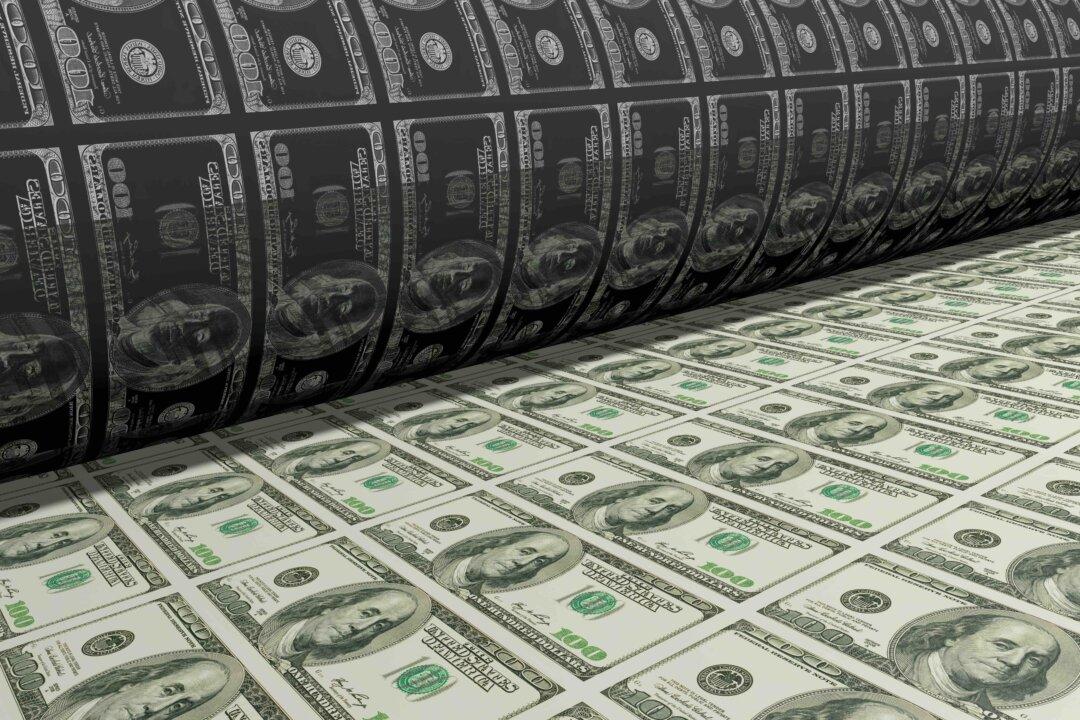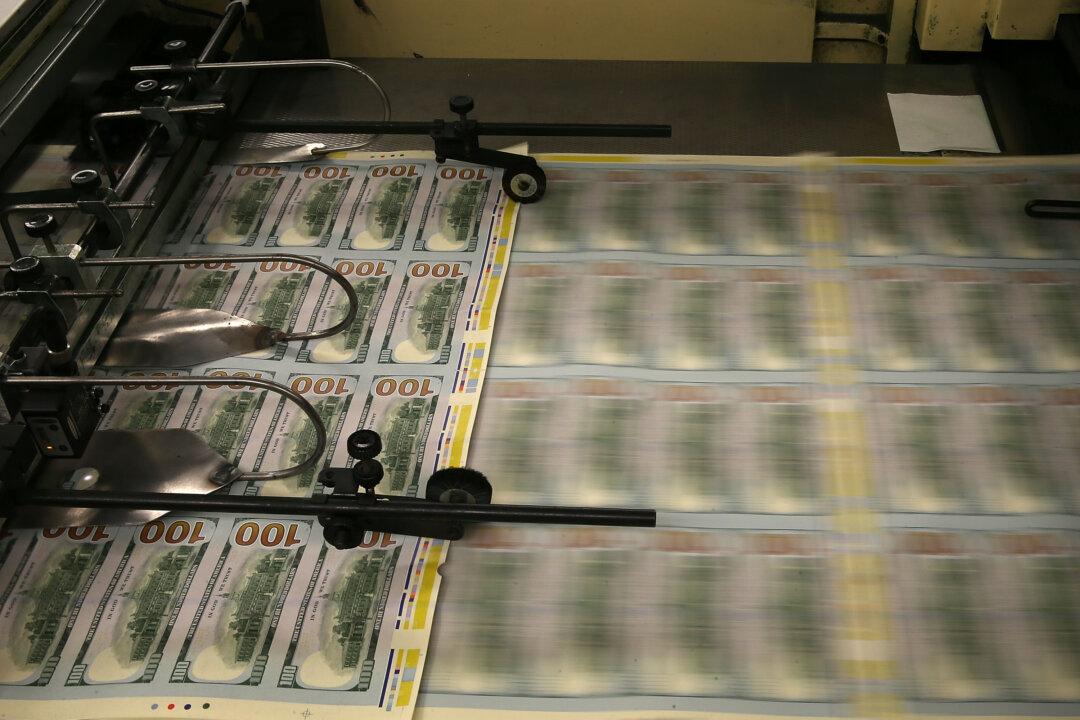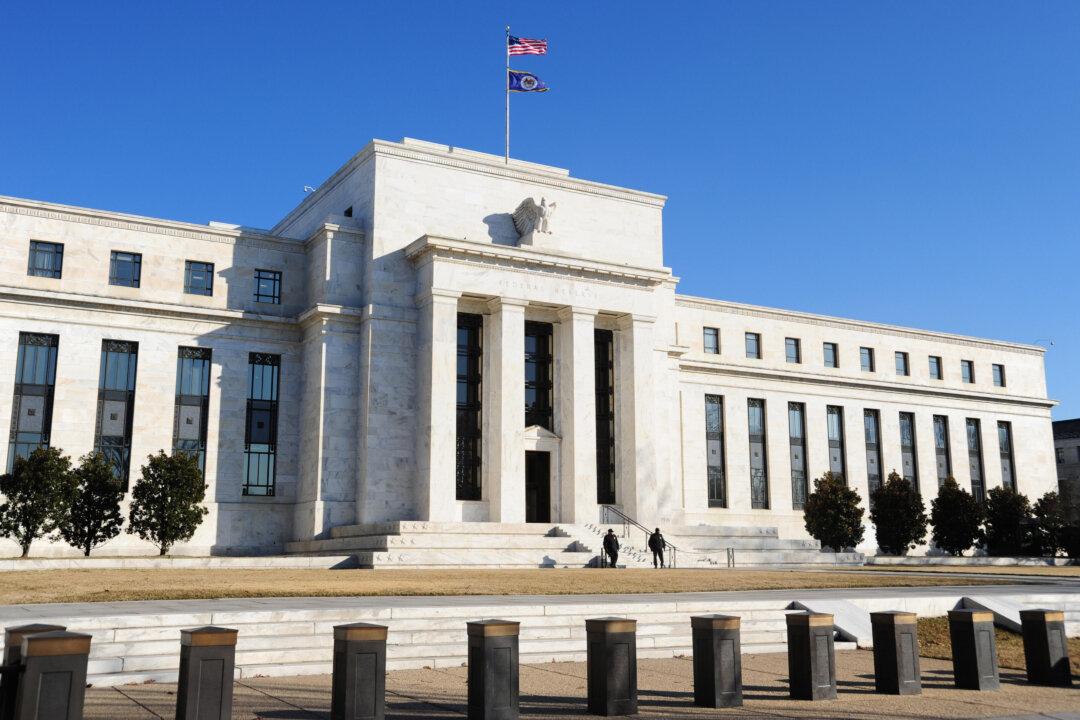News Analysis
Money-supply growth fell year over year again in March, but March’s decline was the smallest money-supply drop recorded in 16 months. Moreover, the money supply in March grew—month over month—by the highest rate in two years. The current trend in money-supply growth suggests a continued turnaround from more than a year of historically large contractions in the money supply. As of March, the money supply appears to be in a period of stabilization. The money supply is still flat or down on a year-over-year (YOY) basis, but there has been clear growth over the past several months.





